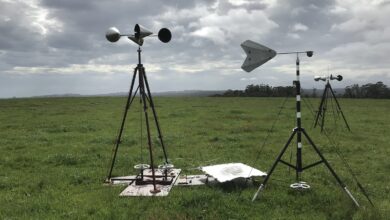The Niger Flag: A Visual Representation of Unity

The Flag of Niger, an image of public solidarity and pride, remains as a striking portrayal of the nation’s qualities, normal riches, and desires. Taken on November 23, 1959, not long before Niger acquired autonomy from France. The flag’s plan is wealthy in imagery and mirrors the remarkable qualities of this West African country.
Design and Symbolism
The Niger Flag comprises three level stripes of equivalent size. The top stripe is orange, addressing the Sahara Desert that covers a significant part of the northern piece of the country. This tone likewise represents the glow and essentialness of the sun.
The center stripe is white, representing immaculateness and blamelessness. It likewise addresses the Niger Stream, an indispensable wellspring of water and life for the country. The waterway’s importance reaches out past its commonsense purposes. It is an image of expectation and solidarity for individuals of Niger, as it gives a help in an overwhelmingly parched scene.
The base stripe is green, addressing the fruitful locales of southern Niger and the expectation for a prosperous future. Green is likewise a conventional image of Islam, the dominating religion in the nation. Further stressing the country’s social and profound qualities.
Midway put on the white stripe is an orange circle, repeating the sun tracked down on the upper stripe. It likewise addresses the country’s preparation to safeguard its opportunity and autonomy, mirroring the flexibility and strength of the Nigerien public.
Historical Context
The plan of the Nigerian Flag was impacted by the Container African development and the craving to make images that reflected African character and autonomy. The selection of varieties orange, white, and green mirrors the scene and social legacy of the nation, removing it from provincial impacts.
Cultural Significance
Widespread developments, and global portrayals. It fills in as a sign of the nation’s excursion towards freedom and its continuous endeavors to make a brought together and prosperous country.
FAQs:
Q1. What do the colors on the Niger flag represent?
The shades of the Niger Flag convey profound emblematic implications. The orange stripe addresses the Sahara Desert and the imperativeness of the sun. The white stripe represents virtue, honesty, and the Niger Stream. While the green stripe implies the fruitful locales of southern Niger and expectation for a prosperous future.
Q2. Why is there an orange circle in the middle of the Niger flag?
The orange circle, situated on the white stripe of the flag, addresses solidarity and the sun, a general component shared by all in Niger. It likewise represents the country’s preparation to protect its opportunity and autonomy. Mirroring the versatility and strength of the Nigerien public.
Q3. When was the Niger flag officially adopted, and what influenced its design?
The Niger Flag was authoritatively taken on November 23, 1959, in practically no time before the nation acquired autonomy from France. The plan was affected by the Container African development. And the craving to make images reflecting African character and autonomy, getting away from frontier impacts.
Q4. How is the Niger flag used in the country to promote national unity?
In Niger, the flag is a wellspring of public pride and solidarity. The flag fills in as a sign of Niger’s excursion towards freedom and its continuous endeavors to manufacture a bound together and prosperous country, encouraging a feeling of having a place and pride among its residents.
Conclusion:
The Niger Flag isn’t simply a public token yet a distinctive embroidery of the nation’s character. Its tones and images typify the soul of the country, addressing the land, its kin, and their desires. As Niger proceeds to develop and create, the flag remains a resolute image of solidarity, trust, and versatility, moving both public pride and a feeling of having a place among its residents.




